Gem Profile- Banded Agate and Brecciated Agate
There are many forms of agate; this week is on riband agate, in which the layers of agate are parallel to each other.
About Agate
Generally agate's hardness is a 6.5-7 on Moh's scale, with a waxy luster. Although some agates have the appearance of glass, it is much harder: glass is typically only as hard as a 5.5. Agate is quite abundant and most varieties are very inexpensive, yet some still use glass to imitate it. A simple scratch test will prove whether your gem is agate or glass. Many glass marbles are made to imitate agate, and there are also many beads on the market sold as imitation agate.
Agate typically appears in gray, blue, yellow, or brown shades, and sometimes red. Green and blue are the most rare of agate colors. Agate takes dye and color treatments well, which I will discuss along with geodes - bright and neon colors such as bright blue, bright purple or bright pink are indicative of dye.
Idar-Oberstein, or at the time Oberstein, Germany, was the biggest name in cutting and processing agates, dating back to 1497. This included cutting European imports of South American agate, and dyeing. Low-cost energy provided by the Nahe River ran the cutting and polishing machines, and labor was inexpensive. Oberstein prospered until local gemstone quarries dwindled; many laborers left for Brazil and other South American gem excavation sites, creating a new gem economy. While Oberstein has recovered in the years since WWII, it has steep competition from Thailand and India.
Generally agate's hardness is a 6.5-7 on Moh's scale, with a waxy luster. Although some agates have the appearance of glass, it is much harder: glass is typically only as hard as a 5.5. Agate is quite abundant and most varieties are very inexpensive, yet some still use glass to imitate it. A simple scratch test will prove whether your gem is agate or glass. Many glass marbles are made to imitate agate, and there are also many beads on the market sold as imitation agate.
Agate typically appears in gray, blue, yellow, or brown shades, and sometimes red. Green and blue are the most rare of agate colors. Agate takes dye and color treatments well, which I will discuss along with geodes - bright and neon colors such as bright blue, bright purple or bright pink are indicative of dye.
Idar-Oberstein, or at the time Oberstein, Germany, was the biggest name in cutting and processing agates, dating back to 1497. This included cutting European imports of South American agate, and dyeing. Low-cost energy provided by the Nahe River ran the cutting and polishing machines, and labor was inexpensive. Oberstein prospered until local gemstone quarries dwindled; many laborers left for Brazil and other South American gem excavation sites, creating a new gem economy. While Oberstein has recovered in the years since WWII, it has steep competition from Thailand and India.
Banded Agate
Many of the agates we're used to seeing, for example Blue Lace agate and Botswana agate, have distinctive banding: light lines running through the dark piece (at times the hues are reversed). Sometimes this banding is so tight that it causes a rainbow effect, which you can see in this picture. While a neat effect, it usually doesn't have an effect on the agate's value or price.
Botswana and Blue Lace Agate cabochons, perfect for making wire jewelry
Many of the agates we're used to seeing, for example Blue Lace agate and Botswana agate, have distinctive banding: light lines running through the dark piece (at times the hues are reversed). Sometimes this banding is so tight that it causes a rainbow effect, which you can see in this picture. While a neat effect, it usually doesn't have an effect on the agate's value or price.
Botswana and Blue Lace Agate cabochons, perfect for making wire jewelry

Banding is typically very small, and the bands are typically the same thickness, end to end. Some are so small they can only be seen under microscope. Banded agate is called "fortification agate" when the banding is an angular circle shape: that is, the banding forms closed shapes that are reminiscent of a birds-eye view of a bastion or fortress with surrounding walls. There also other types of banded agate that are named for the appearance of the banding formation: eye-agate, ruin-agate, star-agate, shell-agate, coral-agate, and cloud-agate (which has cloudy patches against the transparent stone).
Currently Wirejewelry.com has some One-of-a-Kind Banded Agate Cabochons. Shop while they are still available.
Lake Superior Agate cabbed and wrapped in sterling silver wire by Marie Frazier
Currently Wirejewelry.com has some One-of-a-Kind Banded Agate Cabochons. Shop while they are still available.
Lake Superior Agate cabbed and wrapped in sterling silver wire by Marie Frazier

Brecciated Agate
Brecciated agate is a kind of agate which has chunks of rock, rather than banding. "Brecciated" simply means broken rock, so while brecciated jasper is rock formed from pieces of jasper, brecciated agate is formed from pieces of agate that are then formed into a new rock. One example would be caused by an earthquake. A piece of formed agate rock is broken in the earth by an earthquake. Then, over time, a quartz such as amethyst forms around the agate pieces. This results in brecciated agate, which appears to have "chunks" of agate embedded in the stone. This kind of agate is sometimes called "ruin agate," because it resembles the ruins of buildings. The original agate and the surrounding material are often in contrasting colors.
Next article will cover agates that have "dots" rather than banding, such as bloodstone, fish-egg, polka dot, and orbicular agate.
Brecciated agate is a kind of agate which has chunks of rock, rather than banding. "Brecciated" simply means broken rock, so while brecciated jasper is rock formed from pieces of jasper, brecciated agate is formed from pieces of agate that are then formed into a new rock. One example would be caused by an earthquake. A piece of formed agate rock is broken in the earth by an earthquake. Then, over time, a quartz such as amethyst forms around the agate pieces. This results in brecciated agate, which appears to have "chunks" of agate embedded in the stone. This kind of agate is sometimes called "ruin agate," because it resembles the ruins of buildings. The original agate and the surrounding material are often in contrasting colors.
Next article will cover agates that have "dots" rather than banding, such as bloodstone, fish-egg, polka dot, and orbicular agate.
Resources
Wikipedia Agate
Wikipedia Oberstein
Wikipedia Agate
Wikipedia Oberstein
Materials

Druzy One of a Kind Cabochons

Beads shop by Gemstone

Limited Edition - Highend Cabochons

Designer One-of-a-Kind Cabochons
Tools

Ultimate wire-pliers Set
G15-20
- G15-20
- Lesson Quantity: 1.00 pieces
- Purchase Quantity: 1.00 each
- Price: $99.95
- Gold Club Price: $74.96

Bench Tools
- Category: General Education
- Technique(s): General Education







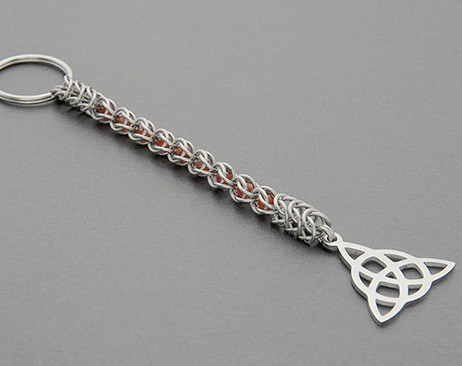

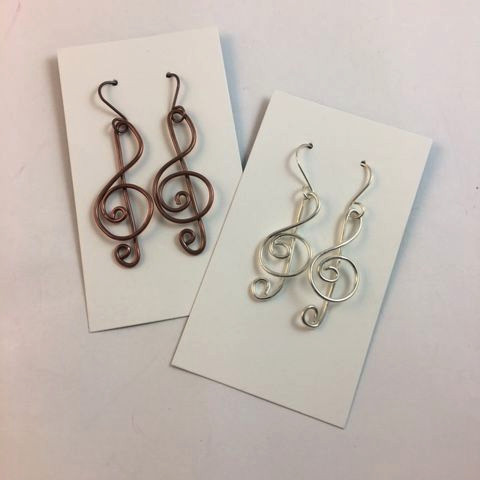

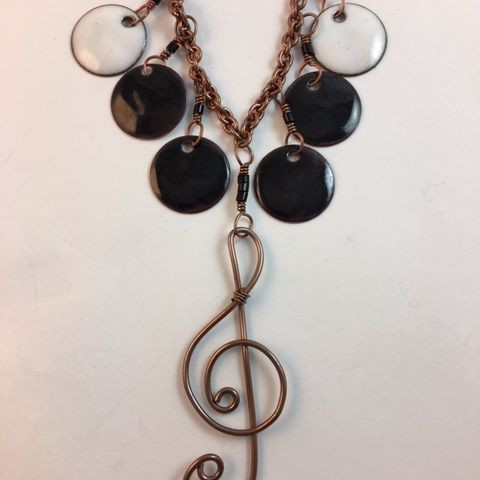
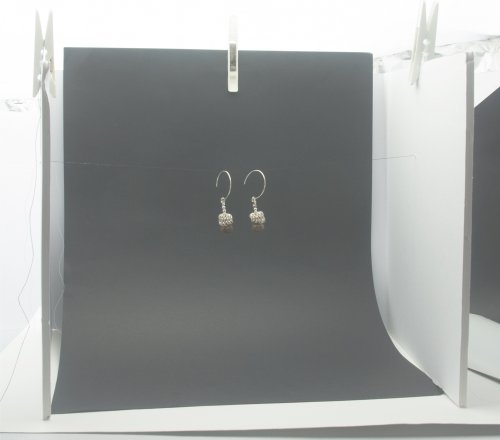
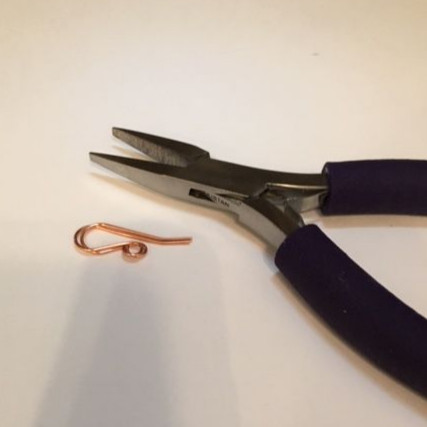
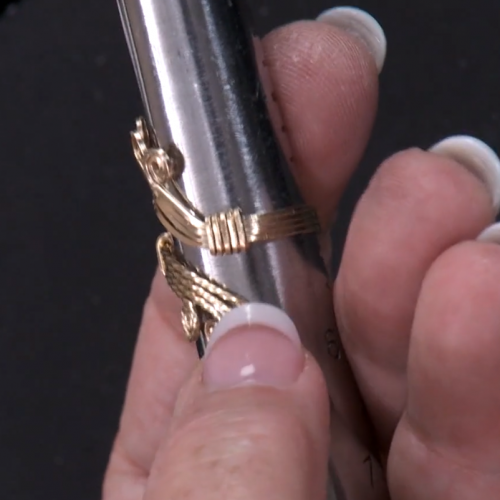



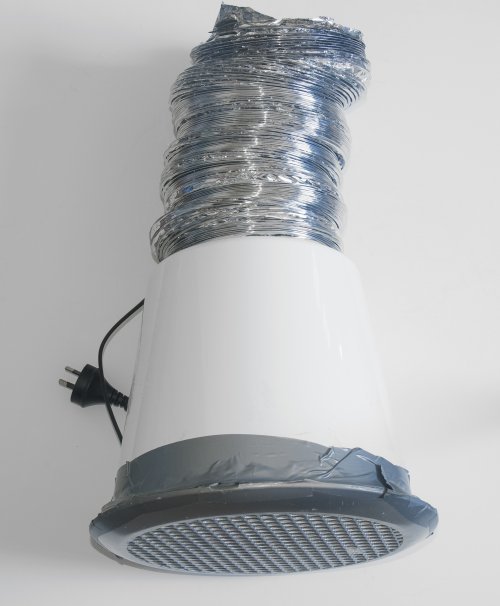

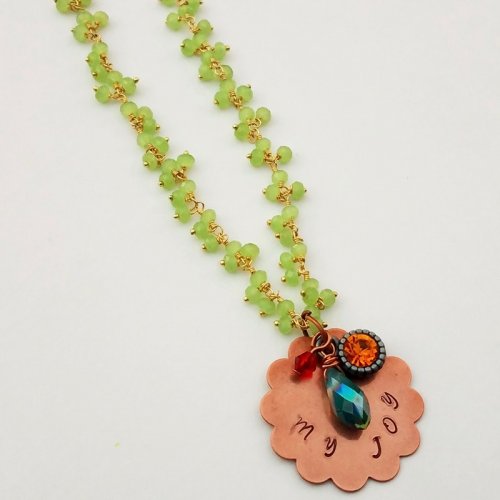



 Gem Profile- Moissanite
Gem Profile- Moissanite Birthstone Swarovski Colors
Birthstone Swarovski Colors Gem profile- Paua and Abalone
Gem profile- Paua and Abalone Tips for Tucson Shopping- Gem Show Secrets
Tips for Tucson Shopping- Gem Show Secrets About Jewelry Chain- About Ball Chain
About Jewelry Chain- About Ball Chain About Jewelry Chain- Snake Chain and Omega Chain
About Jewelry Chain- Snake Chain and Omega Chain About Jewelry Chain- Bar Chain and Peanut Chain
About Jewelry Chain- Bar Chain and Peanut Chain About Jewelry Chain- Cable Chain and Rolo Chain
About Jewelry Chain- Cable Chain and Rolo Chain About Jewelry Chain- Curb Chain and Gourmette Chain
About Jewelry Chain- Curb Chain and Gourmette Chain About Jewelry Chain- Figaro Chain
About Jewelry Chain- Figaro Chain About Jewelry Chain- Infinity Chain and Anchor Chain
About Jewelry Chain- Infinity Chain and Anchor Chain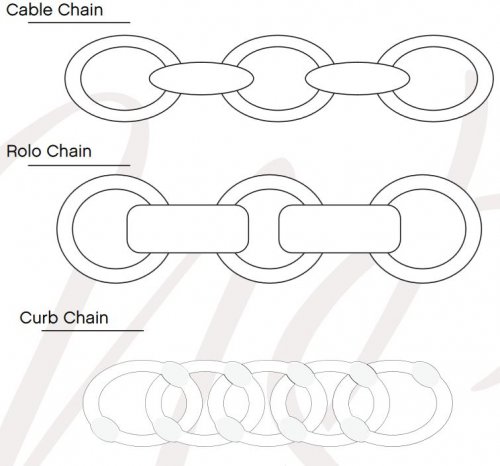 About Jewelry Chain- Chain Reference Sheet
About Jewelry Chain- Chain Reference Sheet About Jewelry Chain- Venetian Chain and Box Chain
About Jewelry Chain- Venetian Chain and Box Chain About Jewelry Chain- Wheat Chain and Rope Chain
About Jewelry Chain- Wheat Chain and Rope Chain Introduction to Chain
Introduction to Chain Access More Money by Making Jewelry When Your Prices Are Right
Access More Money by Making Jewelry When Your Prices Are Right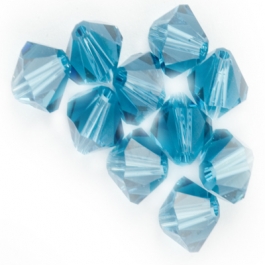 An Introduction to Beads and Beading
An Introduction to Beads and Beading Common Gemstone Misconceptions
Common Gemstone Misconceptions Wire Wrapped Christmas Tree
Wire Wrapped Christmas Tree How To Polish Metal Jewelry using a Rotary Tumbler
How To Polish Metal Jewelry using a Rotary Tumbler How To Polish Your Own Rocks using a Rotary Rock Tumbler
How To Polish Your Own Rocks using a Rotary Rock Tumbler How to Merchandise Your Jewelry on the Internet
How to Merchandise Your Jewelry on the Internet How to Use Twitter as a Wire Jewelry Artist
How to Use Twitter as a Wire Jewelry Artist 20 Ideas to get your Jewelry Biz Busy
20 Ideas to get your Jewelry Biz Busy Watching the Precious Metals Market
Watching the Precious Metals Market Jewelry Design Ideas - Get Inspired
Jewelry Design Ideas - Get Inspired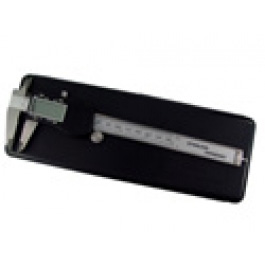 Measuring Tools
Measuring Tools July Birthstone - The Ruby
July Birthstone - The Ruby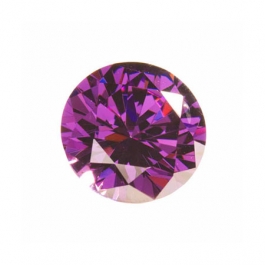 February Birthstone- Amethyst
February Birthstone- Amethyst March Birthstone - Aquamarine and Bloodstone
March Birthstone - Aquamarine and Bloodstone September Birthstone - Sapphire
September Birthstone - Sapphire November Birthstones - Topaz and Citrine
November Birthstones - Topaz and Citrine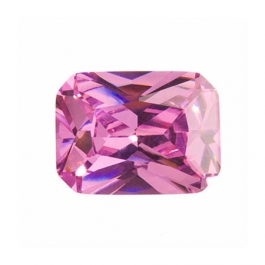 October Birthstones - Rose Zircon, Pink Tourmaline and Opal
October Birthstones - Rose Zircon, Pink Tourmaline and Opal April Birthstone - The Diamond
April Birthstone - The Diamond August Birthstone - Peridot and Sardonyx
August Birthstone - Peridot and Sardonyx June Birthstones - Alexandrite, Pearl and Moonstone
June Birthstones - Alexandrite, Pearl and Moonstone Metalsmithing
Metalsmithing Featured Tool - Mini TruStrike Hammers
Featured Tool - Mini TruStrike Hammers Natural Jasper Stones - Cabochon Gemstones
Natural Jasper Stones - Cabochon Gemstones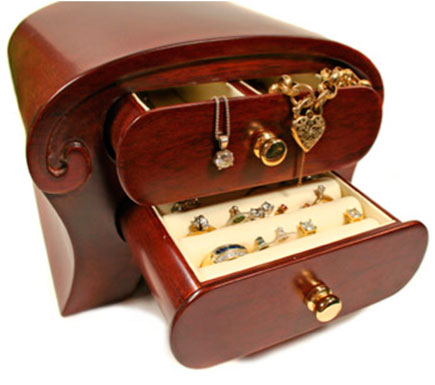 Organize Your Jewelry Box
Organize Your Jewelry Box Pearls- It's a Cultural Thing
Pearls- It's a Cultural Thing Soldering 101
Soldering 101 Starting Your Own Home Jewelry Business
Starting Your Own Home Jewelry Business The Art of Creating Chainmail
The Art of Creating Chainmail Why Should I Be Using Facebook
Why Should I Be Using Facebook Make Handmade Neck Cords on a Dime
Make Handmade Neck Cords on a Dime Tagging Handmade Jewelry Gifts
Tagging Handmade Jewelry Gifts Share Your Expertise with Your Community
Share Your Expertise with Your Community Creating Color Schemes for Jewelry Making
Creating Color Schemes for Jewelry Making Bronze, Brass, Nickel Silver and Copper Base Metals
Bronze, Brass, Nickel Silver and Copper Base Metals Gemstone Treatments
Gemstone Treatments How Wire is Made
How Wire is Made Beading A-B-C's
Beading A-B-C's How to Set Up Your Workspace
How to Set Up Your Workspace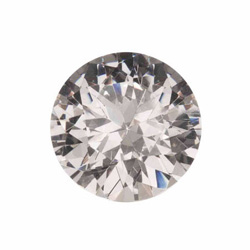 Gem Profile- Diamond
Gem Profile- Diamond Gem Profile- Peridot
Gem Profile- Peridot Gem Profile- Goldstone
Gem Profile- Goldstone Gem Profile- Cryptocrystalline Quartz Introduction
Gem Profile- Cryptocrystalline Quartz Introduction Gem Profile- Emerald
Gem Profile- Emerald Gem Profile- Titanite or Sphene
Gem Profile- Titanite or Sphene Gem Profile- Morganite
Gem Profile- Morganite Gem Profile- Desert Rose
Gem Profile- Desert Rose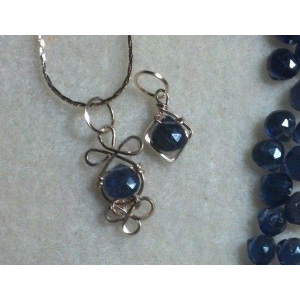 Gem Profile- Iolite
Gem Profile- Iolite Gem Profile- Zultanite
Gem Profile- Zultanite Gem Profile- Maw Sit Sit
Gem Profile- Maw Sit Sit Gem Profile- Tanzanite
Gem Profile- Tanzanite Gem Profile- Aquamarine
Gem Profile- Aquamarine Gem Profile- Turquoise
Gem Profile- Turquoise Gem Profile- Turquoise Types
Gem Profile- Turquoise Types Gem Profile- What's Druze
Gem Profile- What's Druze Gem Profile- Basalt
Gem Profile- Basalt Gem Profile- Fordite
Gem Profile- Fordite Gem Profile- Variscite
Gem Profile- Variscite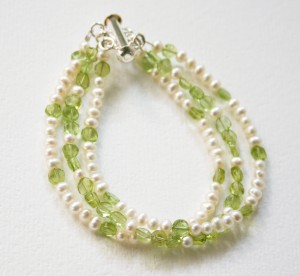 Gem Profile- Pearls
Gem Profile- Pearls Gem Profile- Onyx
Gem Profile- Onyx Gem Profile- Sunstone
Gem Profile- Sunstone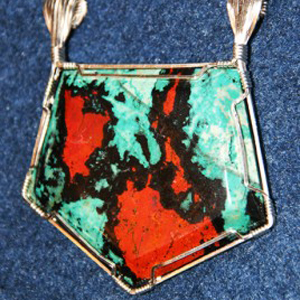 Gem Profile- Sonora Sunrise
Gem Profile- Sonora Sunrise Gem Profile- Rhodonite
Gem Profile- Rhodonite Gem Profile- Glass, Crystal and Quartz
Gem Profile- Glass, Crystal and Quartz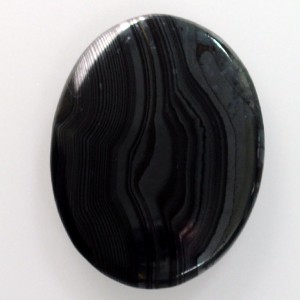 Gem Profile- Psilomelane
Gem Profile- Psilomelane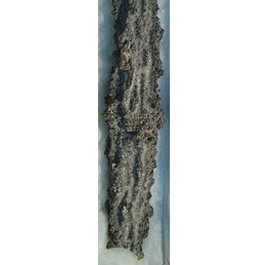 Gem Profile- Fulgurite
Gem Profile- Fulgurite Gem Profile- Cat's Eye
Gem Profile- Cat's Eye Gem Profile- Carnelian
Gem Profile- Carnelian Gem Profile- Petoskey Stones and Indonesian Fossil Coral
Gem Profile- Petoskey Stones and Indonesian Fossil Coral Gem Profile- Rutilated Quartz
Gem Profile- Rutilated Quartz Gem Profile- Chrysocolla
Gem Profile- Chrysocolla Gem Profile- Jet
Gem Profile- Jet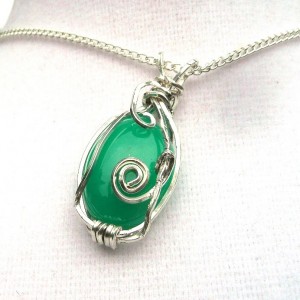 Gem Profile- Chrysoprase
Gem Profile- Chrysoprase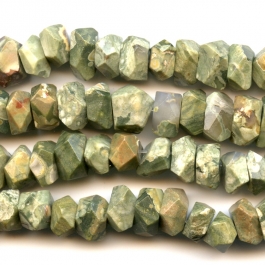 Gem Profile- Rhyolite
Gem Profile- Rhyolite Gem Profile- Chalcedony
Gem Profile- Chalcedony Gem Profile- Lepidolite and Sugilite
Gem Profile- Lepidolite and Sugilite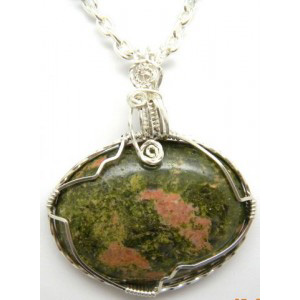 Gem Profile- Unakite
Gem Profile- Unakite Gem Profile- Cowrie Shells, Conch Shells, and Drilling Shells
Gem Profile- Cowrie Shells, Conch Shells, and Drilling Shells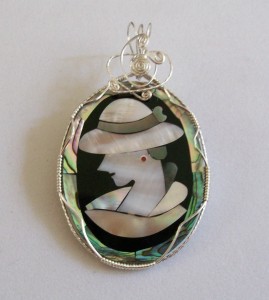 Gem Profile- Mother of Pearl
Gem Profile- Mother of Pearl Gem Profile- Moss Agate and Plume Agate
Gem Profile- Moss Agate and Plume Agate Gem Profile- Thundereggs and Mexican Lace Agate
Gem Profile- Thundereggs and Mexican Lace Agate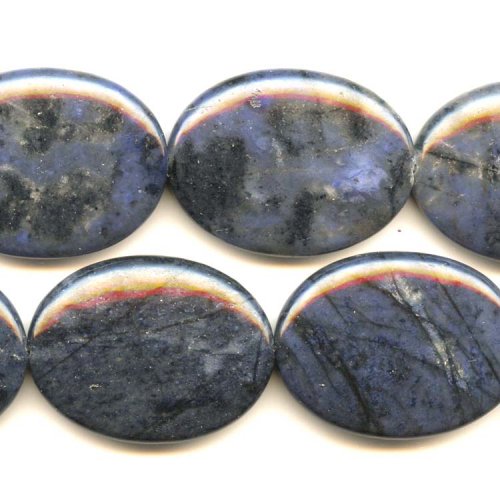 Gem Profile- Dumortierite
Gem Profile- Dumortierite Gem Profile- Apatite
Gem Profile- Apatite Gem Profile- Blue Topaz
Gem Profile- Blue Topaz Gem Profile- Aragonite
Gem Profile- Aragonite Gem Profile- Zircon and Cubic Zirconia
Gem Profile- Zircon and Cubic Zirconia Gem Profile- Topaz
Gem Profile- Topaz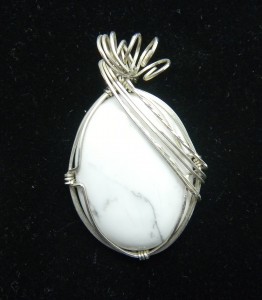 Gem Profile- Howlite
Gem Profile- Howlite Gem Profile- Sodalite
Gem Profile- Sodalite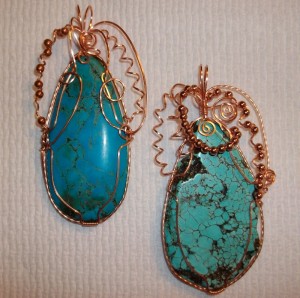 Gem Profile- Magnesite
Gem Profile- Magnesite Gem Profile- Cuprite
Gem Profile- Cuprite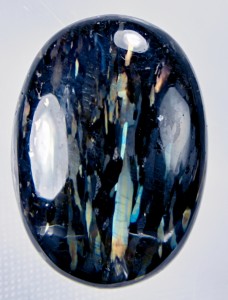 Gem Profile- Nuummite
Gem Profile- Nuummite Gem Profile- Bronzite
Gem Profile- Bronzite Gem Profile- Kyanite
Gem Profile- Kyanite Gem Profile- Hematite
Gem Profile- Hematite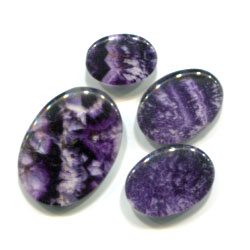 Gem Profile- Derbyshire Blue John
Gem Profile- Derbyshire Blue John Gem Profile- Eilat Stone
Gem Profile- Eilat Stone Gem Profile- Vesuvianite
Gem Profile- Vesuvianite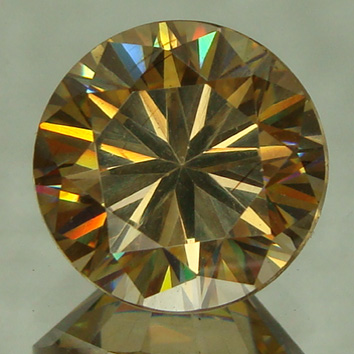 Gem Profile- Strontium Titanate -Fabulite
Gem Profile- Strontium Titanate -Fabulite Gem Profile- Tourmaline
Gem Profile- Tourmaline Gem Profile- Larimar
Gem Profile- Larimar Gem Profile- Garnet
Gem Profile- Garnet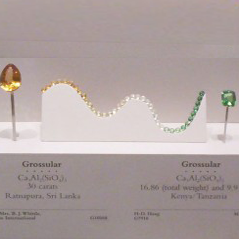 Gem Profile- Tsavorite and Green Garnets
Gem Profile- Tsavorite and Green Garnets Gem Profile- Seraphinite
Gem Profile- Seraphinite Gem Profile- Serpentine
Gem Profile- Serpentine American Wire Gauge
American Wire Gauge Viking Knit Chain and I Cord Chain
Viking Knit Chain and I Cord Chain Copper Roses
Copper Roses How to Make Medical ID Bracelets Special
How to Make Medical ID Bracelets Special Remembering the Fallen
Remembering the Fallen


